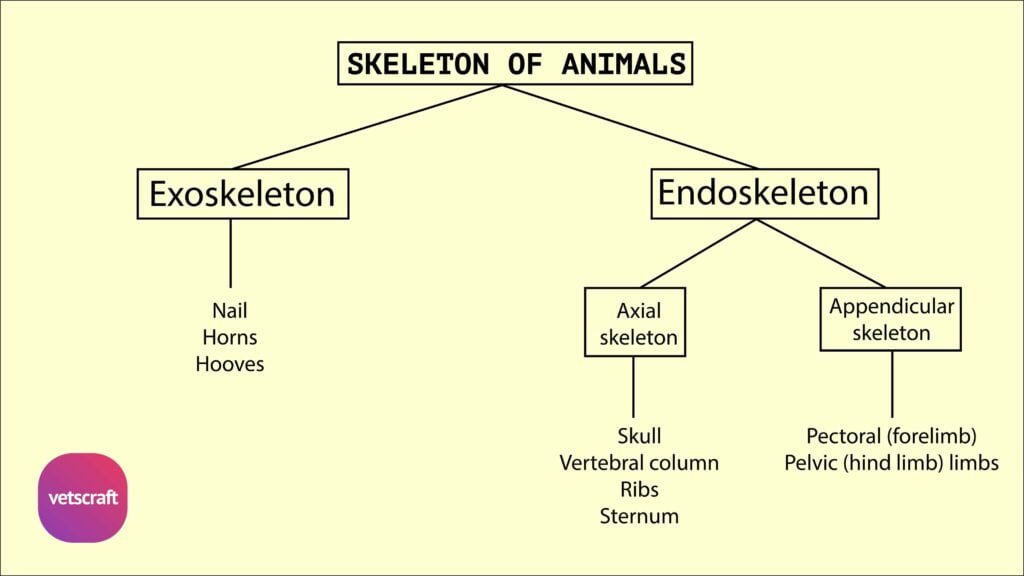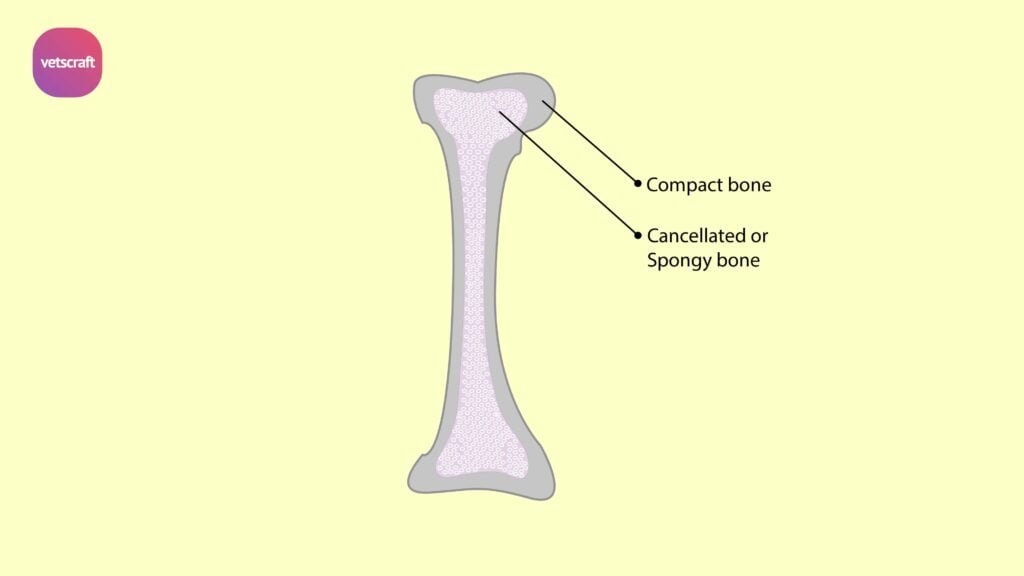Development of Pharyngeal Pouches in animals
The forming branchial arches encroach on the wall of the pharynx. Lateral outpouchings of the pharyngeal endoderm are formed between the branchial arches as the foregut in the pharyngeal region is compressed dorsoventrally. These are called pharyngeal pouches. Each pharyngeal pouch has specific derivatives.
The lateral walls of the pharynx present a series of paired sacculations that bulge outward towards the ectodermal grooves. Five sets are formed but the last pair is rudimentary and merges in the fourth pair. Each pouch develops a dorsal and ventral wing.

- Each pouch in its outward expansion, pushes aside the mesenchyme, comes in contact with the overlying ectoderm fuses with it and forms a closing plate.
- The first and second pouches open into a broad lateral expansion of the pharynx. The third and fourth grow outwards and communicate with the pharynx through narrow ducts.
- The first pharyngeal pouch retains its lumen and differentiates into the eustachian tube and the tympanic cavity of the middle ear. The overlying ectodermal groove forms the external acoustic meatus and the drum of the ear.
- The second pouch is greatly reduced and becomes the fossa and covering epithelium of palatine tonsil.
- The third, fourth and fifth pouches lose all traces of lumen and give rise to the ductless glands thyroid thymus and parathyroid.

